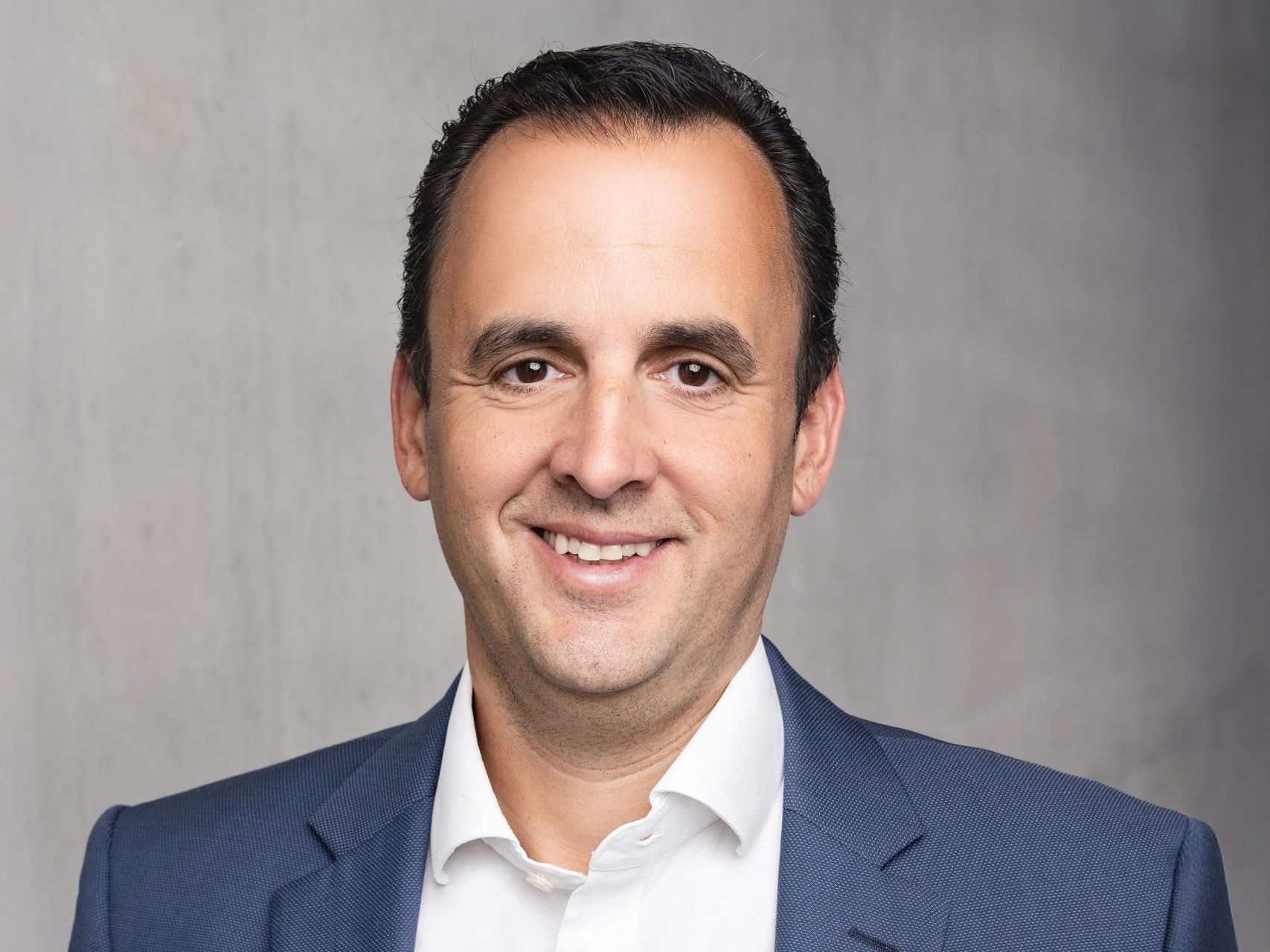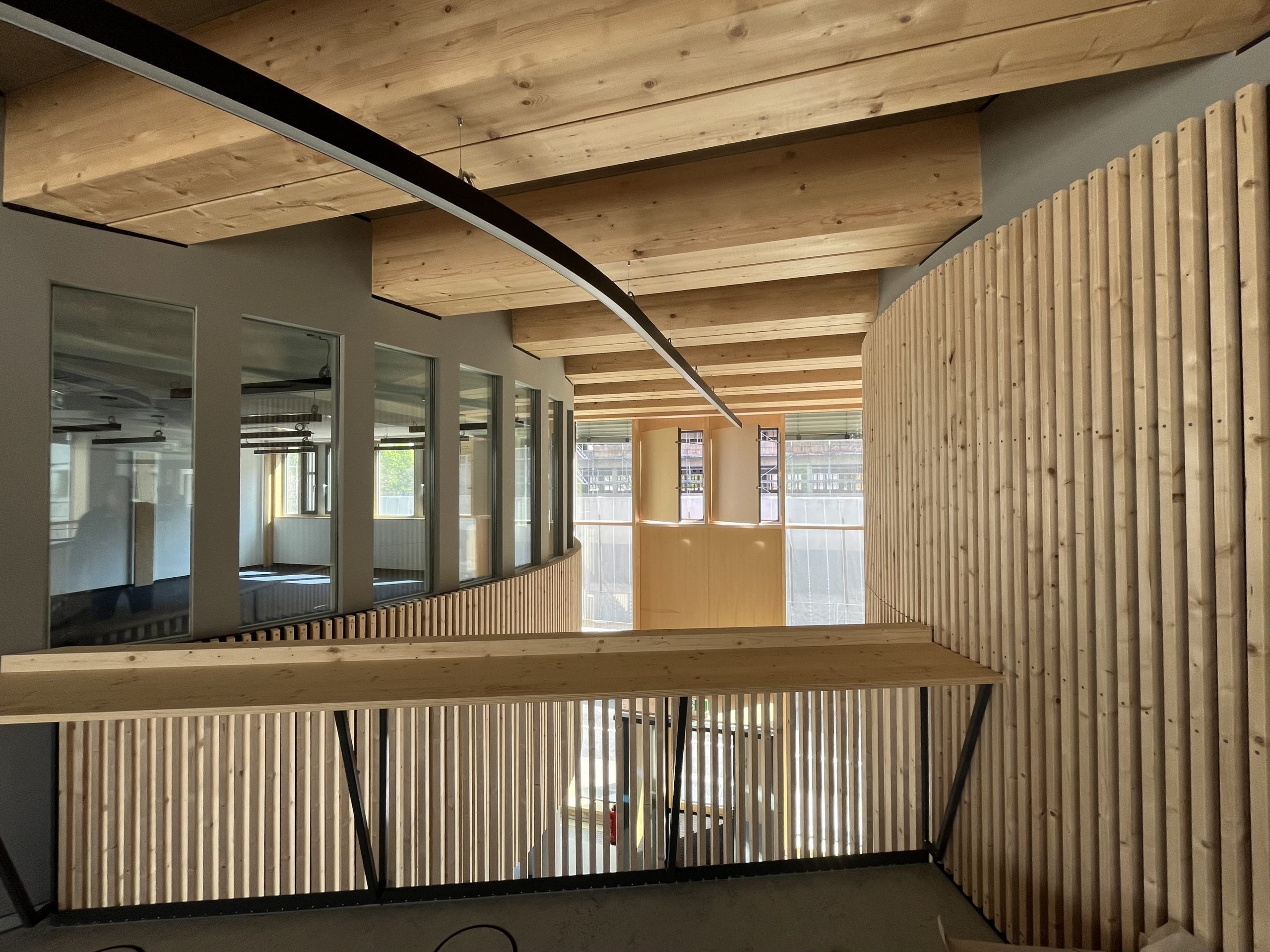
After the publication of the column “Tenant electricity from photovoltaics: possibilities and models from the point of view of the property owner”, the author received a lot of feedback – especially from institutional investors.
In this follow-up article, I take up central questions together with Henrik Westermann and Frederic Gros from Quartierkraft and deepen selected aspects.
What was the original article about?
Tenant electricity refers to electricity that is generated in the immediate vicinity of a building – typically via photovoltaic systems on the roof – and sold directly to tenants by the operator of these systems. The first article examined the business models in which tenant electricity can be organised and the advantages for owners, operators and tenants. The discussion about a decision of the Federal Court of Justice (BGH) was particularly topical: Did the BGH fundamentally question the so-called customer system privilege or is it merely a case-by-case decision with limited effect?
To the original columnQuestions from readers
1. Marketable amount of the roof lease
Several institutional investors, especially those with indirect real estate investments via special funds, wanted to understand more precisely what market lease ranges apply to roof areas. Interest is particularly high when the lease is carried out within a group of companies – for example, when a so-called “full-range KVG” (in which the asset manager and KVG are identical) leases to a separate operating unit.
Answer: It depends on the circumstances of the individual case.
The amount of the roof lease cannot be fixed across the board, but can be classified on the basis of certain parameters:
- Location-related factors: e.g. solar radiation, shading, electricity demand of the building (general electricity and tenants), achievable PV electricity direct consumption rate
- Building characteristics: Dachart, roof statics, existing electrics, grid connection option
- Profitability rule: The higher the self-consumption rate, the more economical the system.
- Scale effect: Smaller PV systems usually have longer payback periods than larger PV systems due to fixed costs during installation
Market indicator:
- Typically, the roof lease is around 0–4 EUR/m² and year
- Higher returns can be achieved if the owner leases not only the roof but also the PV system. However, the owner also bears the investment costs. And: As a rule, no land register entry is necessary; the system can be sold as an accessory at the exit. In the case of asset-managing investment funds, care must be taken to ensure that the income at fund level is not subject to corporation and trade tax, which must be examined in more detail on a case-by-case basis (e.g. avoidance of pure sales leases).
- Outside of asset management investment funds: The owner can achieve the highest return if he himself or an operating company belonging to him becomes a tenant electricity provider himself. With tenant electricity in self-operation, double-digit annual returns can usually be achieved for the owner. In this context, it must be examined in each individual case how commercial infection can be avoided in the case of self-operation by the building owner.
2. Consideration in the CRREM pathway
Another key point concerned the CO₂ balance: Can owners include the PV electricity generated on the roof in their decarbonization strategy even if the system belongs to the operator?
Answer: Yes.
- The Institute for Real Estate Economics GmbH (IIÖ) has confirmed that the energy generated on one’s own roof can be deducted from the CO₂ footprint of the building even in the case of an operator model (when leasing the roof area).
- Background: The IIÖ is the initiator and further developer of the CRREM (Carbon Risk Real Estate Monitor) and thus the authoritative authority on this issue.
This creates investment security, especially for regulated real estate funds that cannot act as PV operators themselves or at best to a limited extent for tax or regulatory reasons.
Further information: GSK Stockmann on CRREM relevance3. Insurance topics relating to PV systems
Questions were also asked about insurance – in particular, how to deal with potential hazards from PV systems on the roof.
- The owner of the PV system is usually responsible for system insurance (e.g. electronics insurance for PV systems).
- The operator of the plant must take out public liability insurance.
Conclusion: Institutional investors demand transparency
Tenant electricity can make an important contribution to ESG optimization of real estate. At the same time, institutional investors want clear information about market-driven conditions and transparent structures – especially in the context of regulated investment vehicles such as special real estate funds.




















